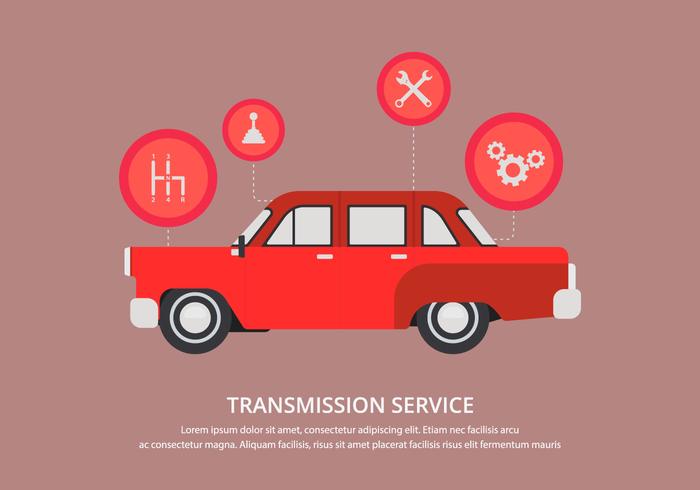Deciphering Your Vehicle'S Caution Indicators: What They Genuinely Indicate
Deciphering Your Vehicle'S Caution Indicators: What They Genuinely Indicate
Blog Article
Write-Up By-Higgins Torres
When you lag the wheel, those glowing caution lights on your control panel can be a little bit complicated. Do you recognize what they're trying to inform you about your car's health and wellness? Understanding the importance of these lights is vital for your safety and the durability of your lorry. So, the following time one of those lights appears, wouldn't you intend to analyze its message precisely and take the essential steps to resolve it?
Common Warning Lighting and Interpretations
Determine usual caution lights in your car and recognize their significances to make sure secure driving.
The most normal warning lights include the check engine light, which signals issues with the engine or discharges system. If this light begins, it's essential to have your lorry examined promptly.
please click the following article cautioning light shows low oil pressure, requiring prompt attention to prevent engine damages.
A flashing battery light may recommend a damaged charging system, potentially leaving you stranded if not addressed.
The tire pressure tracking system (TPMS) light alerts you to reduced tire pressure, affecting car security and fuel efficiency. Ignoring this could bring about unsafe driving conditions.
The abdominal light suggests an issue with the anti-lock stopping system, endangering your capacity to stop rapidly in emergencies.
Last but not least, the coolant temperature level warning light warns of engine overheating, which can lead to severe damages otherwise solved quickly.
Understanding https://codyvpkdx.dsiblogger.com/63128002/are-you-anxious-to-discover-the-effect-of-automation-and-robotics-on-the-auto-outlining-market will assist you deal with problems quickly and preserve secure driving problems.
Relevance of Prompt Interest
Recognizing the usual caution lights in your car is just the primary step; the value of promptly attending to these warnings can't be highlighted sufficient to guarantee your safety when traveling.
When a caution light brightens on your control panel, it's your vehicle's method of connecting a potential problem that needs focus. Overlooking these warnings can bring about much more severe troubles down the road, compromising your safety and security and possibly costing you more out of commission.
Trigger attention to warning lights can avoid break downs and crashes. As an example, a blinking check engine light might show a misfire that, if left ignored, might cause damages to the catalytic converter. Resolving this promptly can conserve you from a costly fixing.
In a similar way, a brake system warning light may signal reduced brake fluid or worn brake pads, important parts for your safety and security when driving.
Do It Yourself Troubleshooting Tips
If you discover a warning light on your control panel, there are a few do it yourself repairing ideas you can try prior to looking for professional aid.
The initial step is to consult your automobile's handbook to recognize what the certain warning light suggests. In some cases the problem can be as easy as a loose gas cap setting off the check engine light. Tightening the gas cap may resolve the problem.
One more typical problem is a reduced battery, which can activate various cautioning lights. Examining the battery links for corrosion and ensuring they're safe and secure may take care of the trouble.
If a caution light persists, you can attempt resetting it by separating the auto's battery for a couple of minutes and then reconnecting it. Additionally, examining your car's fluid levels, such as oil, coolant, and brake liquid, can assist troubleshoot alerting lights associated with these systems.
Verdict
In conclusion, understanding your automobile's warning lights is crucial for maintaining your automobile running efficiently and securely. By quickly resolving these signals and recognizing what they mean, you can prevent pricey repair work and prospective breakdowns.
Remember to consult your automobile's handbook for certain information on each advising light and do something about it accordingly to make sure a trouble-free driving experience.
Stay informed, stay risk-free when traveling!
